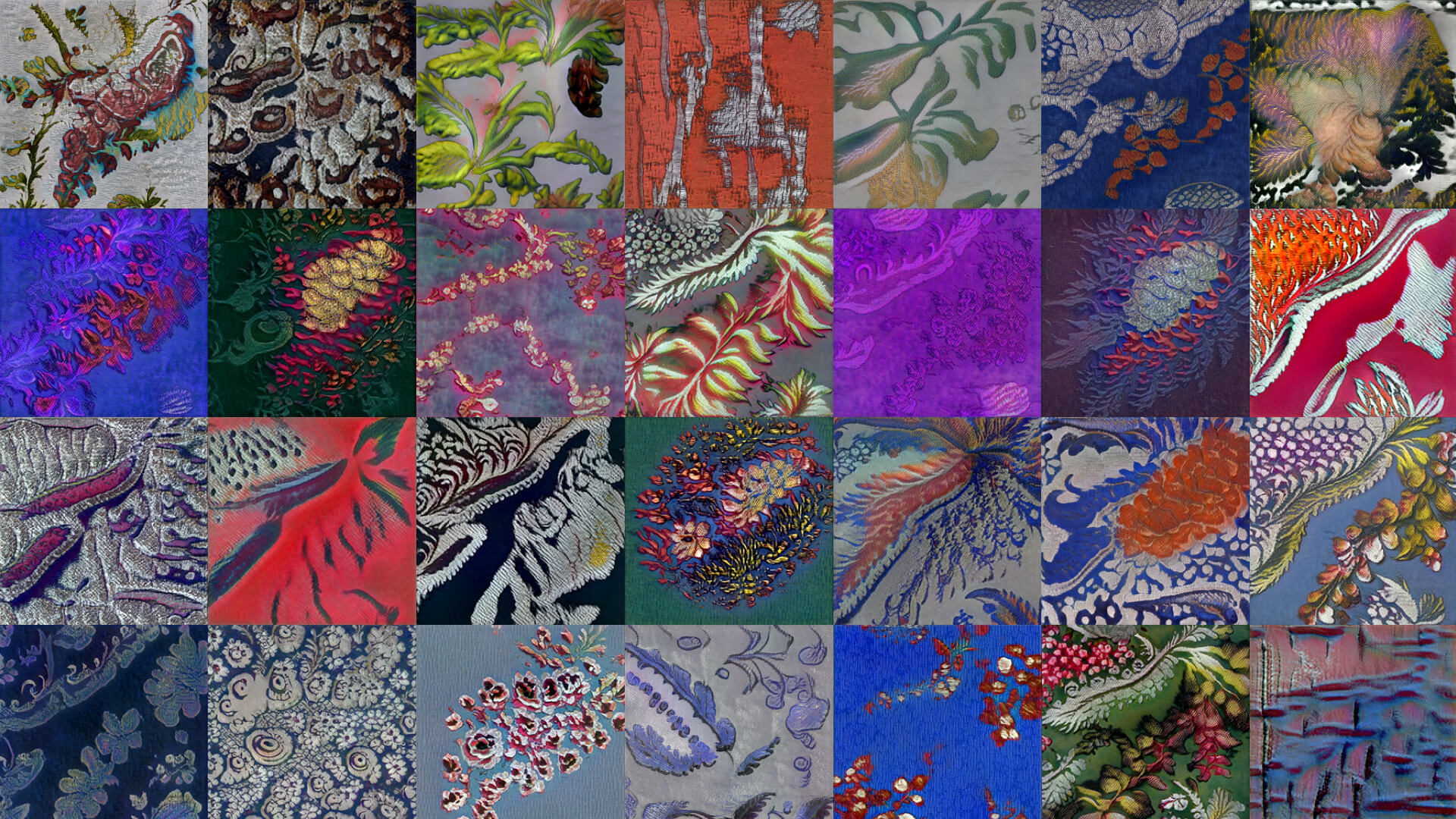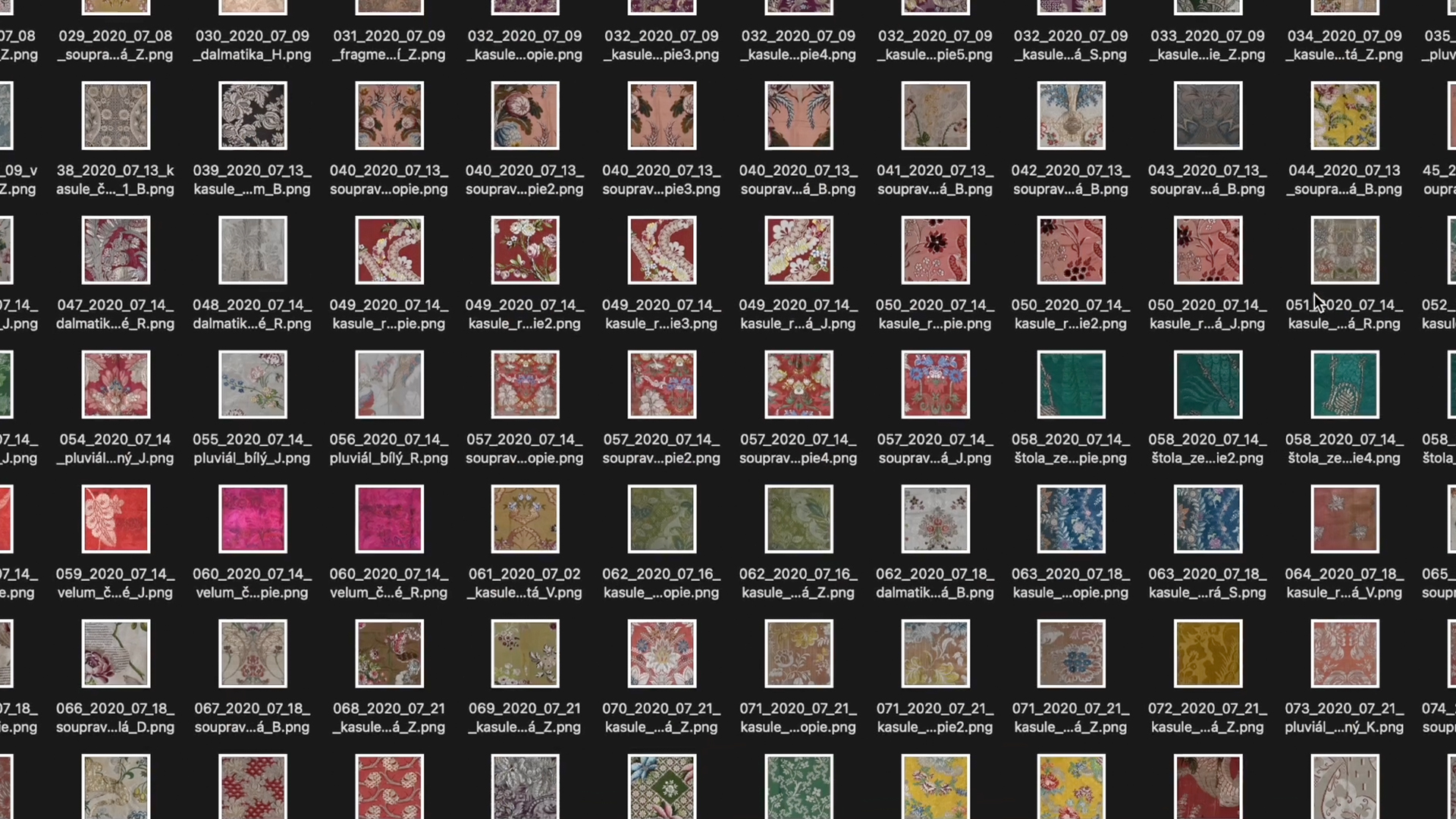3
Graphic Designer of the Year
Julie Dítětová



At present, graphic design (and other fields) are on the verge of a significant transformation. While in the past creating new visual forms was a time-consuming activity requiring the skills of a competent human author, today it is possible to produce an endless number of imaginative images independently of a human and in a fraction of a second. Generative neural networks represent a revolution in the field, not of lesser importance than the invention of photography or the advent of personal computers. Many of us already use a variety of online platforms, incorporate these tools into our design process, and view this form of artificial intelligence as a partner in the creative phase. Few, however, go deeper and try to explore the principles underlying this technology.
In this respect, Julie Dítětová’s Programming Patterns project is one of the rare exceptions. She is not a mere user of a pre-prepared program, but its co-author. She went through the entire development process, from building the sample dataset, to training and configuring the neural network, and evaluating the results. She created a specialized algorithm capable of reproducing the visual style encoded in 18th-century fabrics – a computer program that can now independently create endless variations of these decorative patterns. The artist then works with these patterns, using them both in a digital environment and transferring them through weaving machines into embroidery, i.e., back to the form and material from which they originate.
When creating neural networks, the data are of much greater importance than mathematics. While the equations at the core of the networks differ minimally, it is the training input data that determine the characteristics and quality of the outputs. The author's extraordinary efforts in selecting and preparing hundreds of reproductions of period patterns thus illustrate not only the cornerstone of the technology but also the practice that more and more digital designers will follow.
Lukáš Pilka
Andrea Březinová
Karel Císař
Vít Jakubíček
Danica Kovářová
Ján Kralovič
Tomáš Luňák
Jiří Macek
Barbora Müllerová
Jana Patočková
Lukáš Pilka
Jan Press
Martina Schneider Králová
Jana Zielinski